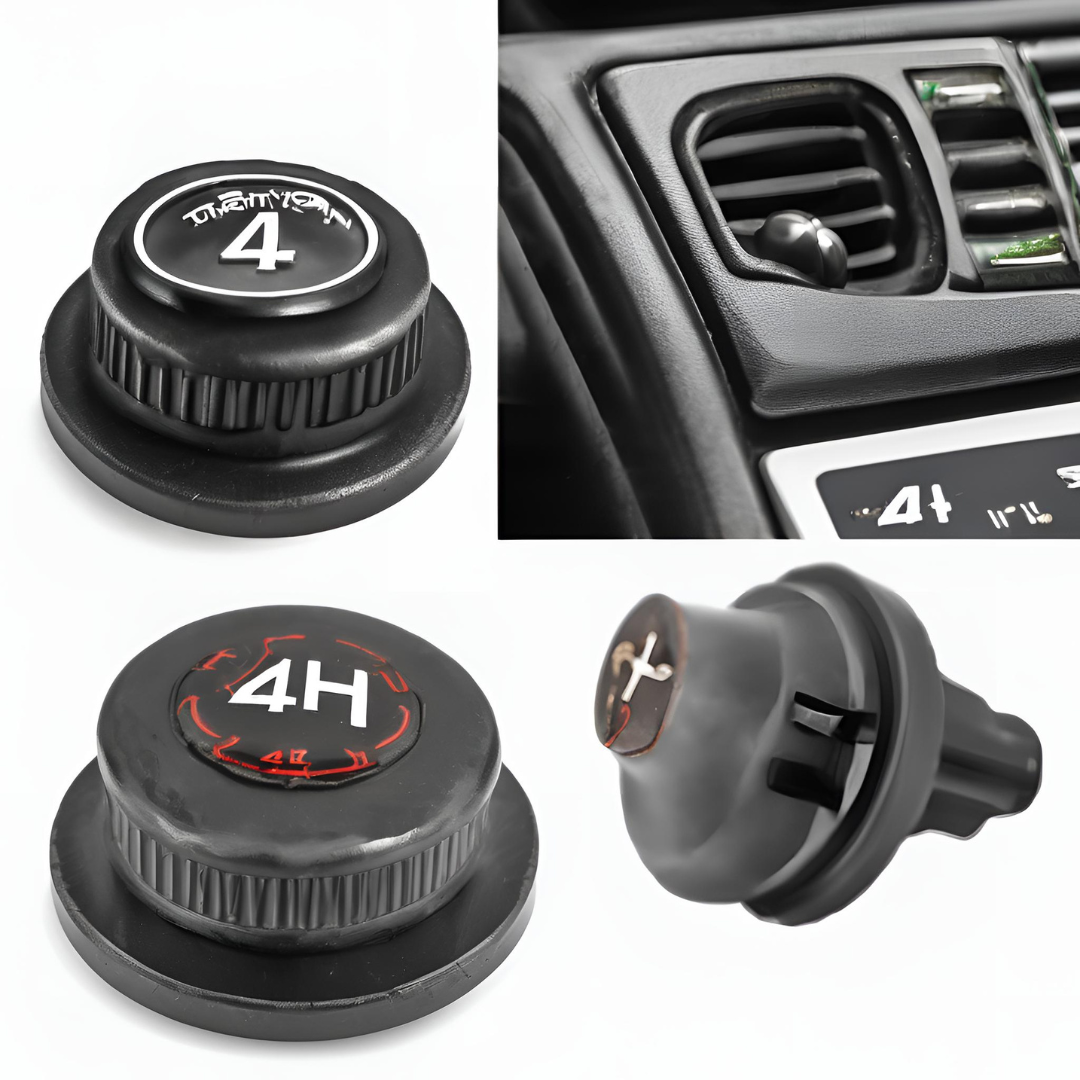
Why I Prefer 4L Over 4H When Driving on Soft Sand: A Personal Perspective
Off-road driving, especially on challenging terrains like soft sand, requires a thorough understanding of your vehicle's capabilities and the right techniques to navigate safely and effectively. One common debate among off-road enthusiasts is whether to use 4H (four-wheel drive high) or 4L (four-wheel drive low) when driving on sand. While both options have their merits, I have a strong preference for 4L, and this article aims to explain why, drawing from my personal experiences and the principles of off-road driving.
Understanding 4H and 4L
Before delving into my preference, let's briefly recap the difference between 4H and 4L.
4H: Four-wheel drive high provides power to all four wheels while maintaining a higher gear ratio. This mode is generally suitable for moderate off-road conditions and offers a balance between speed and torque.
4L: Four-wheel drive low engages a lower gear ratio, delivering more torque to the wheels at lower speeds. This mode is ideal for challenging terrains like deep sand, steep inclines, and rocky trails where maximum traction and control are required.
The Challenges of Soft Sand
Soft sand presents a unique challenge for off-road vehicles. The loose, shifting surface makes it easy for tyres to lose traction and sink, leading to a loss of momentum and potentially getting stuck. Maintaining momentum is crucial in soft sand, as stopping can quickly turn into a recovery situation.
Why 4L Excels in Soft Sand
- Increased Torque: The most significant advantage of 4L in soft sand is the increased torque it delivers. Torque is the rotational force that helps your vehicle move forward, and in soft sand, you need plenty of it to overcome the resistance of the sinking tyres. 4L allows your engine to work at lower RPMs while delivering more power to the wheels, making it easier to maintain momentum and avoid getting bogged down.
- Controlled Wheel Spin: While some wheel spin is inevitable in soft sand, excessive wheel spin can quickly dig you into a deeper hole. 4L helps to mitigate this by providing more controlled power delivery, allowing you to modulate the throttle more precisely and avoid unnecessary wheel spin.
- Engine Braking: 4L also offers superior engine braking, which is essential for maintaining control on steep descents and avoiding sudden stops that can cause your vehicle to sink. Engine braking helps to slow down your vehicle without relying solely on the brakes, reducing the risk of losing traction and getting stuck.
- Reduced Strain on Drivetrain: Soft sand puts a significant strain on your vehicle's drivetrain components. 4L helps to reduce this strain by allowing your engine and transmission to work at lower RPMs, minimizing wear and tear and reducing the risk of overheating.
- Confidence and Control: Driving in soft sand can be intimidating, but 4L instils a sense of confidence and control. Knowing that you have ample torque and control over wheel spin allows you to focus on navigating the terrain and enjoying the adventure.
When to Use 4H in Sand
While I generally prefer 4L in soft sand, there are situations where 4H can be beneficial. If the sand is relatively firm and packed, or if you have a long stretch of flat terrain, 4H can provide a faster and more efficient way to travel. However, it's important to be prepared to switch to 4L if the conditions change or you encounter steeper sections.
Additional Tips for Driving in Soft Sand
- Air Down Your Tyres: Lowering your tyre pressure to around 15-18 psi increases the tyre's contact patch with the sand, providing better flotation and traction. If necessary, decrease the tyre pressure incrementally until you achieve the best possible traction and floatation on the sand.
- Maintain Momentum: Keep your speed consistent and avoid sudden stops or accelerations.
- Use Smooth Inputs: Be gentle with the steering, throttle, and brakes to avoid upsetting the vehicle's balance.
- Choose Your Line Carefully: Look for the firmest path through the sand and avoid areas where other vehicles have already churned up the surface.
- Don't Be Afraid to Turn Around: If you encounter a particularly challenging section, don't hesitate to turn around and find an alternative route.
While both 4H and 4L have their uses in off-road driving, my personal experience has led me to strongly prefer 4L when tackling soft sand. The increased torque, controlled wheel spin, superior engine braking, reduced strain on the drivetrain, and the overall sense of confidence and control make 4L the optimal choice for navigating this challenging terrain. However, it's essential to remember that every off-road situation is unique, and adapting your driving technique to the specific conditions is key to a safe and enjoyable experience.
Always prioritize safety, be prepared for the unexpected, and never underestimate the challenges of soft sand. By understanding your vehicle's capabilities and employing the right techniques, you can conquer any dune and turn your off-road adventures into unforgettable memories.
